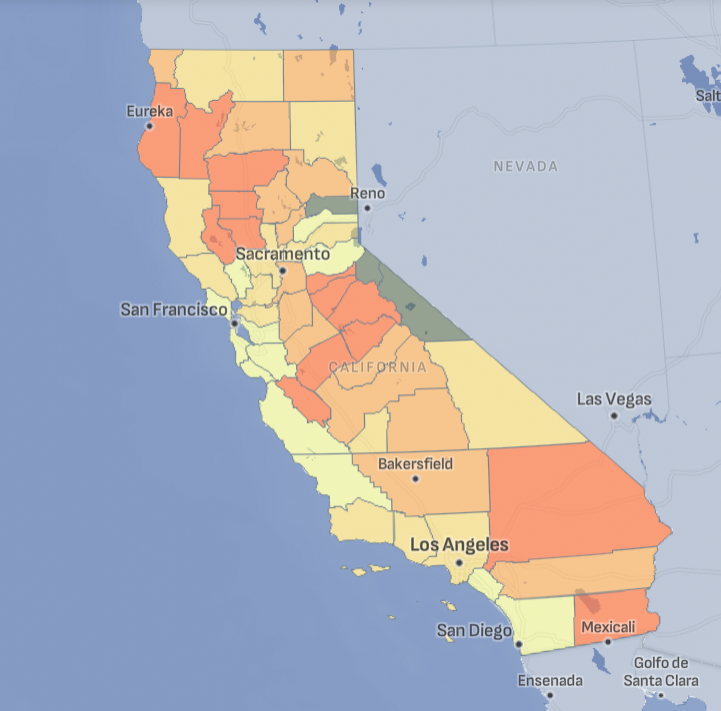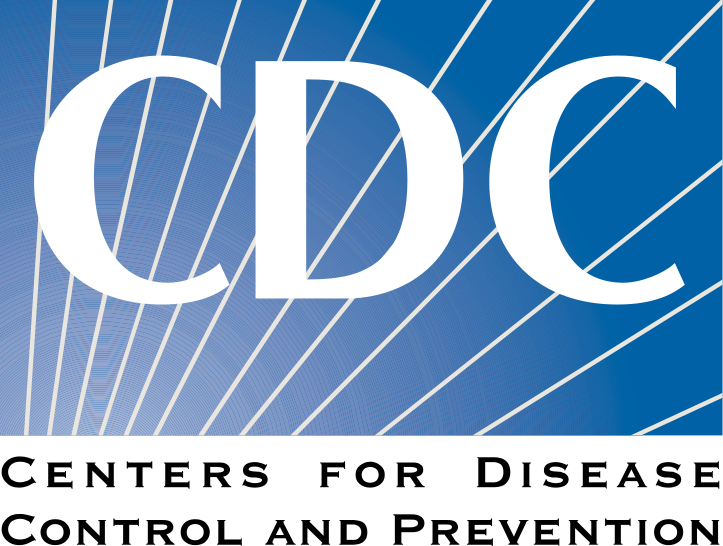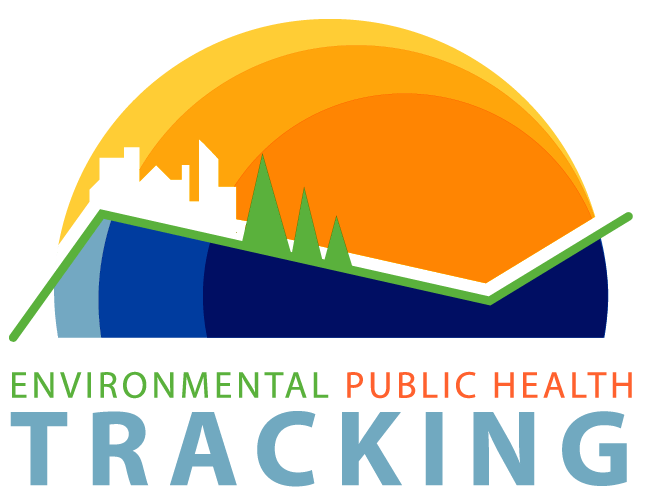Heart disease is the leading cause of death in the United States, accounting for approximately one in every four deaths. The most prevalent form of heart disease in the U.S. is coronary artery disease (CAD), also known as ischemic heart disease, which can result in a heart attack.
A heart attack, or acute myocardial infarction, occurs when the blood supply to a portion of the heart muscle is significantly reduced or completely obstructed.
Key symptoms of a heart attack can include:
- Chest pain or discomfort: This is often described as a pressure, squeezing, fullness, or pain in the center or left side of the chest that lasts for more than a few minutes or goes away and comes back.
- Shortness of breath: This can occur with or without chest discomfort and may be accompanied by a feeling of being unable to catch your breath.
- Upper body pain or discomfort: Pain or discomfort can spread to the shoulders, arms, back, neck, jaw, or stomach.
- Nausea, lightheadedness, or cold sweat: These symptoms may occur suddenly and can be accompanied by a general feeling of being unwell.
- Fatigue: Unusual or unexplained tiredness, sometimes lasting for days, can be a warning sign, especially in women.
The risk of developing heart disease can be influenced by a variety of factors.
These include health conditions, lifestyle risk factors, genetic and family history, as well as environmental factors.
Heart Attacks Across California
Tracking California provides data on heart attack emergency department visits and hospitalizations rates for counties across the state.

Heart Attacks and the Environment
In addition to the many risk factors associated with cardiovascular disease (CVD), researchers have also found that CVD is associated with environmental factors such as:
- Air pollution: Exposure to air pollutants, including including particulate matter (PM2.5 and PM10), ozone, carbon monoxide, and sulfur dioxide, can increase the risk of heart attacks by causing inflammation and oxidative stress, which can damage the cardiovascular system.
- Extreme temperatures: Both extreme heat and cold can strain the heart. High temperatures can lead to dehydration and increased heart rate, while cold temperatures can cause blood vessels to constrict, raising blood pressure and increasing the risk of heart attacks.
- Noise pollution: Chronic exposure to high levels of noise, such as from traffic or industrial sources, can lead to increased stress and elevated blood pressure, both of which are risk factors for heart attacks.
- Exposure to chemicals: Chemicals such as solvents, heavy metals (like lead and mercury), and other toxic substances can cause cardiovascular damage by inducing oxidative stress, inflammation, and endothelial dysfunction.
- Exposure to pesticides: Chronic exposure to certain pesticides has been linked to an increased risk of cardiovascular diseases, including heart attacks, due to their potential to disrupt normal heart function and cause inflammation.
- Environmental tobacco smoke: Exposure to passive smoke has been shown to increase the risk of dying from heart disease.
Additionally, socioeconomic factors such as environments with limited access to healthy foods, recreational spaces, and healthcare can contribute to poor lifestyle choices, such as unhealthy diets, lack of physical activity, and inadequate medical care, may increase the risk of heart attacks.
Stressful working and living conditions (e.g., due to crime, overcrowding, or other factors), can lead to chronic stress and anxiety, which can negatively impact heart health and increase the likelihood of heart attacks.
Who is Vulnerable to Heart Attacks?
Heart attacks are acute events that most often occur among people with chronic cardiovascular disease (CVD). To understand who is at risk for a heart attack in California, it is helpful to understand how rates of CVD, heart disease, and heart attacks differ between various segments of the population. By looking at these patterns, we will gain a better understanding of how to prevent heart attacks from occurring.
- In 2019, there were over 57,000 hospitalizations and over 57,000 ED visits due to heart attacks among Californians over the age of 35.
- Blacks had the highest heart attack hospitalization rate (33.1 per 10,000), followed by Asian/Pacific Islanders (18.6 per 10,000), Hispanics (13.3 per 10,000, and Whites (6.3 per 10,000).
- Men are hospitalized for heart attacks at rates that are nearly double those of women. Among California men aged 35 and over, the hospitalization rate for heart attacks was 32.7 per 10,000 residents, compared to 15.7 per 10,000 residents for California women aged 35 and over.
- As age increases, the hospitalization rates for heart attacks increases.
- In California, the range of hospitalization rates due to heart attacks vary by county. In 2019, rate of hospitalizations for Lassen County was 6.4 per 10,000 California residents ages 35 and over, compared to 39.0 per 10,000 in Glenn County.
Heart Attack Resources

CDPH Cardiovascular Disease Prevention Program (CDPP)
The Cardiovascular Disease Prevention Program (CDPP) focuses on reducing hypertension to reduce CVD and its corresponding death and disease.

CDC Heart Disease Information
The CDC provides information about heart disease, including coronary artery disease (CAD) and heart attacks.

National Environmental Health Tracking Program (EHTP) Portal
The National EHTP portal provides consistent data and measures on heart disease and stroke.
